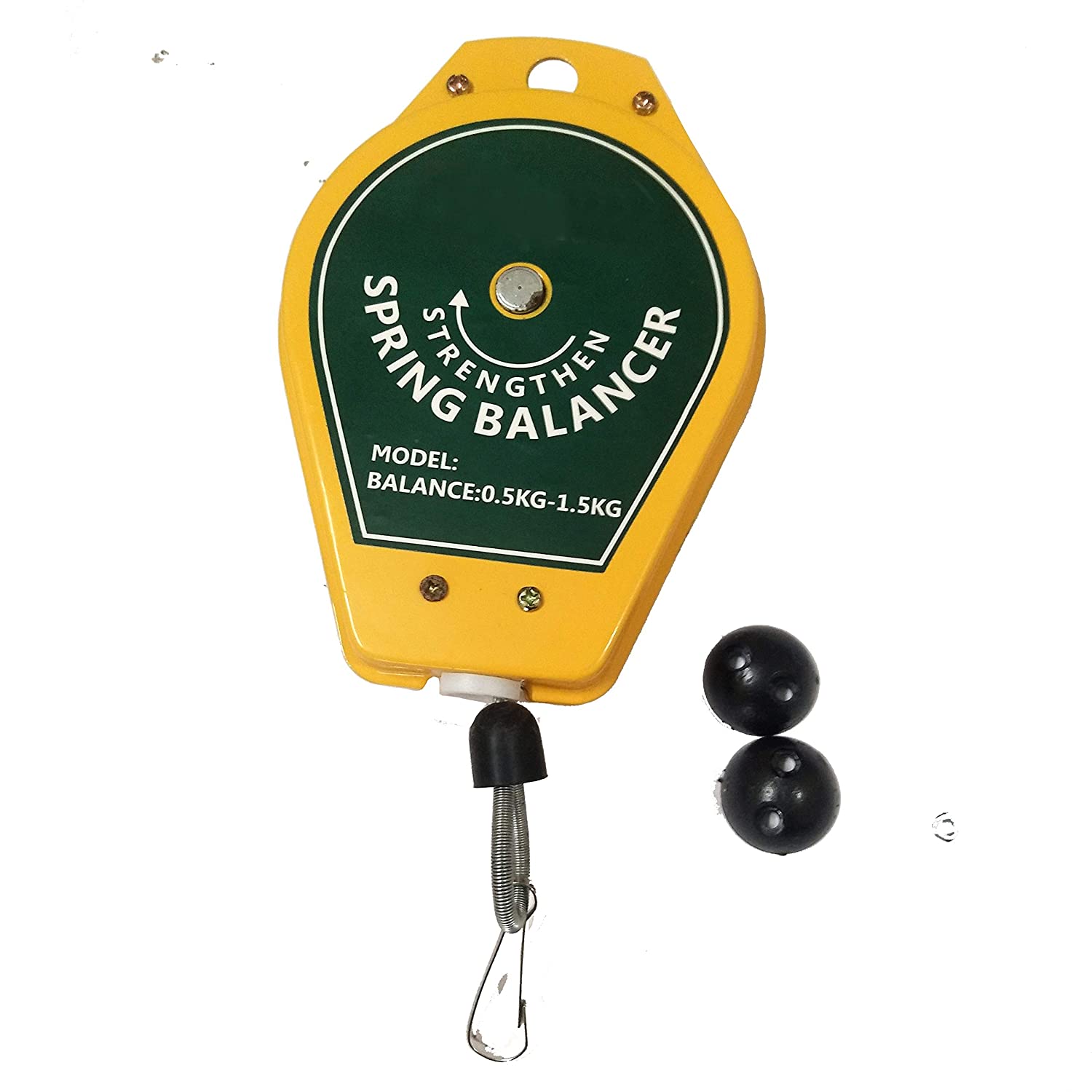Stop-loss orders are a type of order that is used to limit your losses when you are trading shares. When you place a stop-loss order, you are telling your broker to sell your shares if the price reaches a certain level. This can help you to limit your losses if the market turns against you. There are two types of stop-loss orders: market stop-loss orders and limit stop-loss orders. A market stop-loss order will sell your shares at the market price, even if it is lower than the stop price. A limit stop-loss order will sell your shares at or above the stop price in share market trading.
Here are the steps on how to use stop-loss orders:
Choose the right type of stop-loss order: If you are concerned about market volatility, you may want to use a limit-stop-loss order. This will ensure that you do not sell your shares for a price that is lower than the stop price.
Set the stop price: The stop price is the price at which your stop-loss order will be triggered. You should set the stop price at a level that you are comfortable with share market trading.
Place the stop-loss order: Once you have set the stop price, you can place the stop-loss order with your broker.
Here are some tips for using stop-loss orders:
Use stop-loss orders on all of your trades: This is the best way to protect your profits and limit your losses.
Set the stop price according to your risk tolerance: If you are not comfortable with losing a lot of money, you should set the stop price closer to your entry price.
Review your stop-loss orders regularly: The market conditions can change, so you should review your stop-loss orders regularly to make sure that they are still appropriate with share market trading.
By following these tips, you can use stop-loss orders to limit your losses and protect your profits.
Another key strategy for managing risk when trading shares is to set clear entry and exit points for your trades in share market trading. This can help you avoid emotional decision-making and make more rational, informed decisions about when to enter or exit a position. Additionally, you may want to consider using risk management software or tools to help you analyze your trades and make more informed decisions.
It’s also worth noting that risk management is an ongoing process, not a one-time event. As the market and economic conditions change, your risk management strategies may need to evolve as well. By staying informed and regularly assessing your investments and risk tolerance, you can make the necessary adjustments to your portfolio and continue to achieve your investment goals with share market trading.
Conclusion
Stop-loss orders are a powerful tool that can be used to limit your losses when you are share market trading shares. However, it is important to remember that they are not a guarantee of success. By learning how to use stop-loss orders and following the tips in this article, you can increase your chances of success when you use them.



